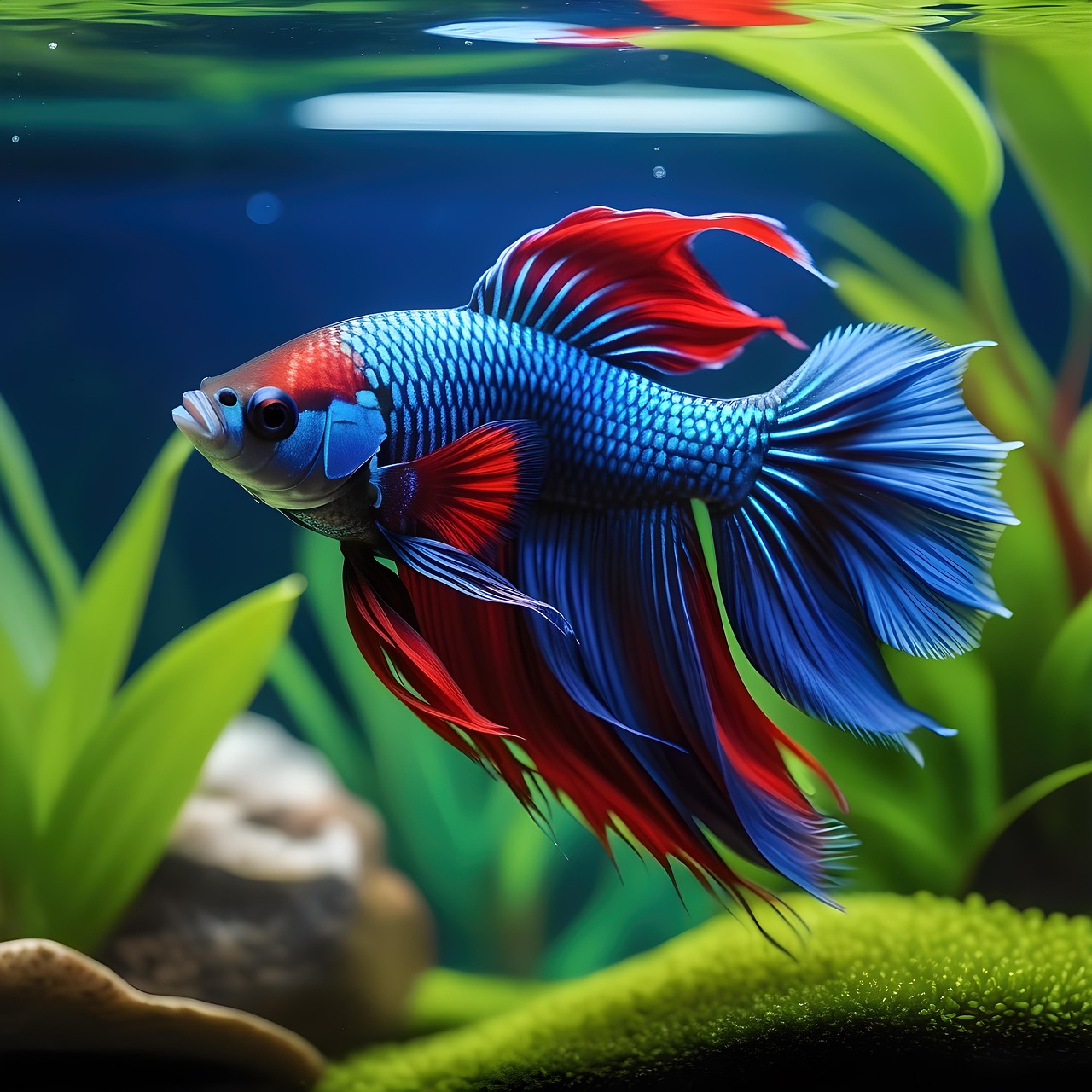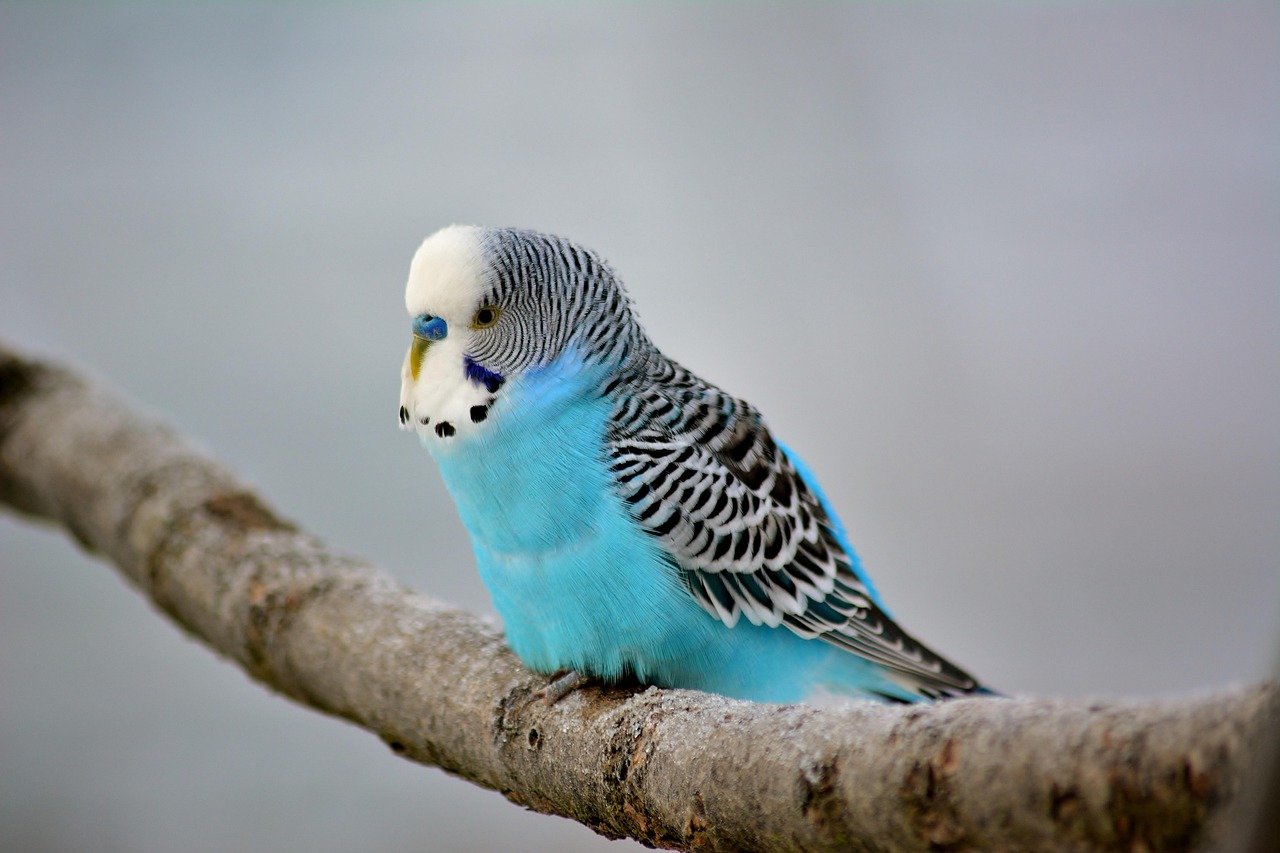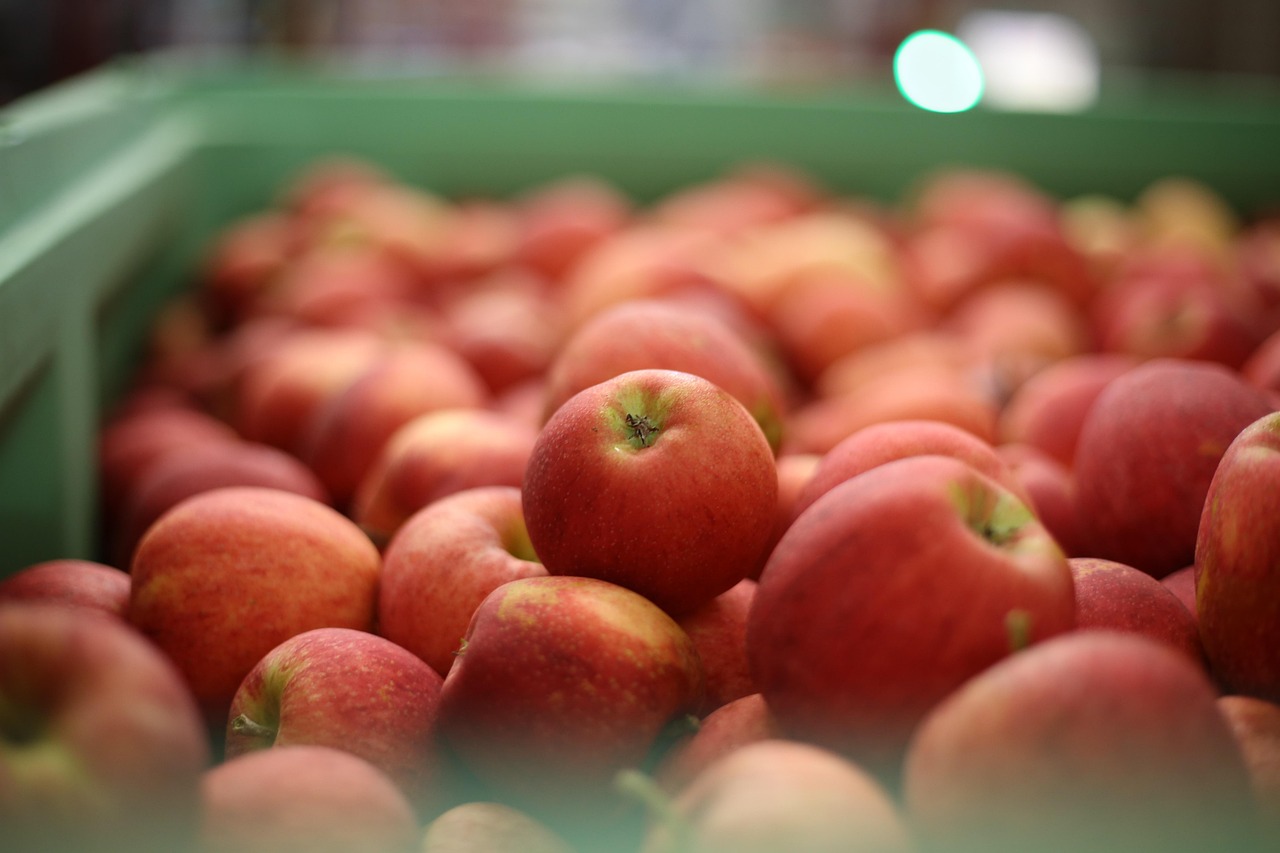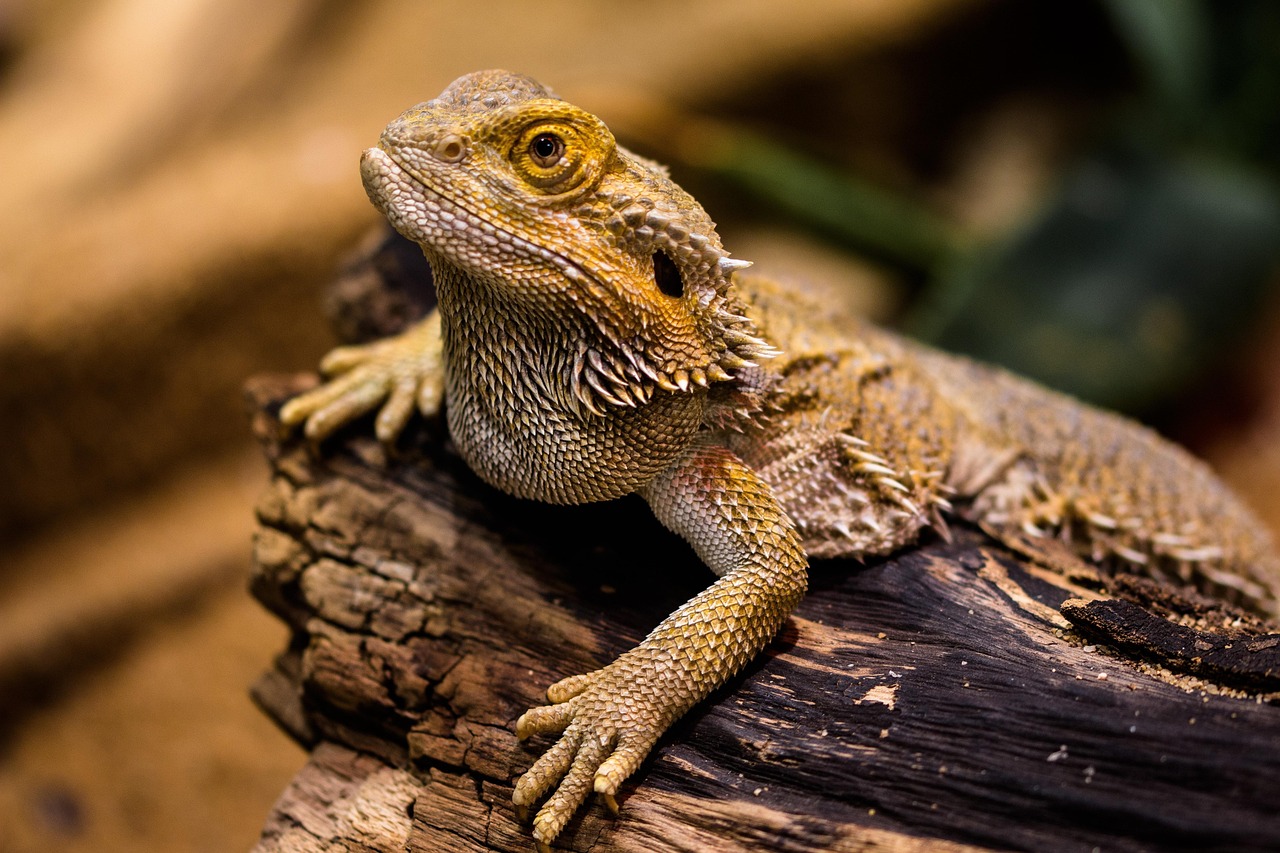Start Right: Your Betta’s Happy Home
Quick, friendly roadmap to create a safe, comfy home for your betta. Follow six simple steps, from choosing the tank to that gentle first introduction, and skip common beginner mistakes so your fish starts healthy, happy, and stress-free day one.
What You’ll Need
Betta Fish Tank Essentials: Setup, Equipment & More for Everyone
Pick the Perfect Tank and Spot
Why size actually matters — and windowsills aren’t ideal!Choose at least a 5-gallon tank (bigger is better). Small bowls stress bettas and make water parameters unstable. Pick glass or acrylic; a 5–10 gallon is ideal for a single betta.
Place the tank on a sturdy, level surface near an electrical outlet but away from direct sunlight and drafts. For example, use a TV stand or a dedicated aquarium stand instead of a flimsy bookshelf.
Keep the area low-traffic to reduce startling vibrations and stress. Avoid windows, radiators, and doorways where temperature and light change suddenly.
Ensure the spot is easy to reach for water changes and maintenance. A stand or solid table will prevent tipping and reduce vibration that can stress your fish.
Cycle Your Tank Before You Add Fish
Patience pays off — skip this and say goodbye to your betta?Understand the nitrogen cycle: beneficial bacteria convert toxic ammonia → nitrite → nitrate.
Do a fishless cycle using pure ammonia (follow purity instructions) or seeded filter media from an established tank to build bacteria—this usually takes 2–6 weeks. For example, dose ammonia daily until tests show a rise, then wait for nitrite to peak and fall as bacteria establish.
Use a reliable liquid test kit to monitor levels every few days.
Only add fish when readings meet the targets below:
React to any spikes with partial water changes (25–50%) and pause adding livestock. Prevent deadly ammonia spikes to give your betta a stable, healthy start.
Set Up Substrate, Plants, and Hiding Spots
Live plants are like free oxygen machines — and bettas love privacy.Place fine gravel or sand as the substrate; avoid sharp materials that can tear fins. Keep the layer shallow (1–2 inches) so debris is easy to vacuum.
Add lots of cover. Plant java fern, anubias, and moss balls to improve water quality and provide hiding spots. If you choose artificial plants, pick silk, not plastic, and avoid anything with rough edges.
Arrange decorations to create gentle swim paths and shaded nap zones—your betta will explore, rest behind an anubias leaf, and feel secure. Choose fine gravel or sand as substrate; avoid sharp substrates that can tear fins. Add live plants (java fern, anubias, moss balls) to improve water quality and provide hiding spots. Use silk — not plastic — plants if you prefer artificial options, and pick smooth décor to prevent fin damage. Include caves, driftwood, or ceramic hides so your betta can rest and feel secure. Arrange plants and decorations to create gentle swim paths and shaded areas; bettas appreciate places to explore and nap.
Install Filter, Heater, and Safe Lighting
Tiny heater, gentle filter — the secret to a calm, warm kingdom.Install a gentle-flow filter—sponge filters are ideal—to avoid strong currents that stress bettas.
Position the intake and outflow low and to the sides to reduce turbulence, and add a flow guard if you see strong swirls.
Mount an adjustable heater and set it to about 78–80°F (25.5–26.7°C).
Verify the reading with a reliable thermometer and secure the heater behind décor so it won’t get knocked.
Provide soft lighting for 8–10 hours daily; choose LED fixtures with adjustable intensity.
Avoid intense lights that encourage algae or stress fish.
Add a snug lid to the tank to prevent jumping—your betta will thank you for the calm, cozy setup.
Fill, Treat, and Test the Water
Tap water can be toxic — this quick fix saves lives.Fill the tank gently to avoid disturbing substrate.
Treat tap water with a water conditioner to remove chlorine and neutralize heavy metals—follow the product dose (e.g., Seachem Prime, API Tap Water Conditioner).
Match tank temperature to the water you add to prevent shock; warm replacement water to about the same temp as the tank (for example, if the tank reads 78°F, aim for ~78°F).
Test pH, ammonia, nitrite, and nitrate before adding fish. Use liquid test kits for best accuracy.
Establish a regular partial water change routine—typically 20–30% weekly—and use a siphon to remove detritus from the gravel.
Top off evaporated water with conditioned water to maintain stable parameters.
Introduce Your Betta and Keep Them Thriving
First impressions matter — make a calm, gradual entrance.Acclimate your betta by floating the sealed bag in the tank for 15–20 minutes to equalize temperature.
Add small amounts of tank water to the bag every few minutes over 20–30 minutes (or use drip acclimation: slow drip with airline tubing for 30–60 minutes). Gently release the fish into the tank using a net — avoid pouring bag water into the tank.
Feed high-quality betta pellets once or twice daily, with occasional frozen or live treats (bloodworms, brine shrimp). Avoid overfeeding — remove uneaten food after a few minutes.
Observe behavior for flaring, hiding, clamped fins, or loss of appetite as signs of stress or illness. Maintain weekly checks:
Happy Betta, Happy You
Follow these six steps and take things slowly, and you’ll enjoy a vibrant, healthy betta and a low-stress hobby—watching your curious, colorful fish flourish every day and learn, grow, and interact; ready to start this rewarding journey together with confidence?














Short and sweet: this article saved my poor betta from becoming an Instagram flatfish. Read step 2 and don’t skip it, folks. 😉
Ha — glad to hear it helped, Ethan! Skipping cycling is the #1 rookie mistake.
This made me laugh but it’s true. Someone told me ‘just add your fish, they’ll be fine’ — nope.
Loved this guide — super clear for a total beginner like me! 😊
I especially appreciated the step about cycling before adding the fish. I tried adding a betta too soon once and learned the hard way (nitrite spike ugh).
Quick Q: you recommend gravel vs sand — any strong reason to choose one over the other for live plants?
Great question, Olivia — glad the guide helped! Gravel lets water circulate a bit better under plants and anchors roots, while fine sand can compact and cause anaerobic spots unless you stir it occasionally. For most beginner planted tanks, medium-grain aquarium gravel is a safe bet.
Also, gravel is usually easier to vacuum during water changes. If you’re worried about aesthetics, there are finer gravels that look almost like sand.
I run sand with lots of Java fern and anubias attached to driftwood — works fine if you don’t bury the rhizomes. But yep, gravel is lower-maintenance for newbies.
Pretty informative overall. One small nitpick: the ‘Pick the Perfect Tank and Spot’ section should emphasize tank stability (no direct sunlight, surface vibrations, etc.). I placed mine under a window and got algae city — not fun.
Other than that, loved the friendly tone. Made the setup less intimidating.
Good catch, Maya. We’ll update that section to mention avoiding direct sunlight and high-traffic areas. Algae blooms from too much light are so common for new setups.
Yup, my cat treats my tank like a TV — kept knocking it and stressing the fish. Now it’s on a heavier stand and much calmer.
Long post because I want to share my cycling timeline — might help someone.
Day 0: set up 5-gallon, substrate, couple of silk plants, sponge filter, heater, filled and treated water.
Day 10: ammonia up to 1.5 ppm, nitrites starting to show.
Day 20: ammonia down, nitrites peaked 2 ppm.
Day 28: nitrates present, nitrites near 0, ammonia 0 — added a small handful of gravel from an established tank to help bacteria.
Day 35: stable 0 ammonia/nitrite, nitrates ~20 — introduced betta slowly over 30 minutes with drip acclimation.
TL;DR: cycling took me 4–5 weeks. Be patient, it pays off. 😊
Thanks for sharing your timeline, Priya — that’s super helpful and realistic for new keepers. Your drip acclimation note is especially useful; we’ll add a sample schedule to the guide.
Nice detail! You might shorten the cycle with seeded media or bottled bacteria, but your natural timeline is the safest. Congrats on successful acclimation!
Solid step-by-step. I do wish the section on filters mentioned flow rate a bit more clearly — bettas hate strong currents.
You say “gentle filter that turns over water X times” but don’t give numbers. For anyone else reading: aim for a filter with adjustable flow or one rated for a slightly larger tank and use a sponge or baffle to slow it down.
Otherwise, nice job. Saved me from buying a tiny bowl lol.
Yesss I put a sponge on my HOB filter and my guy is way less stressed. He even flares less during feeding time now 😂
Flow baffles saved my life (well, the betta’s life). If you have kids/kittens who mess with the tank, a sponge also protects the intake.
Thanks for the numbers, admin. Also, pro tip: hide the filter output behind plants so the surface movement is still gentle.
Good point, Marcus. For bettas generally 3–5x turnover per hour is a reasonable target, and baffles/sponges are a great way to reduce flow. We’ll update the guide to include specific numbers — thanks!
Really appreciated the “Set Up Substrate, Plants, and Hiding Spots” section — I kept my old decor (a plastic castle) for nostalgia but you convinced me to add live plants and caves.
Wondering: any plant recs that are truly low-light and hard to kill? My apartment gets very little sun and I can’t commit to fancy ferts.
Also, would a java fern + anubias combo be fine with a small sponge filter and an under gravel heater?
Adding to Oliver’s point: battery-operated clip lights or low-watt aquarium LEDs work well. Keep the photoperiod consistent to avoid algae spikes.
Thank you! I’ll get anubias and attach them to a piece of driftwood. Also, good tip on rhizomes — I almost planted them like bulbs 😅
If you’re super low on light, consider adding a small LED planted-light on a timer for 6–8 hours. Cheap and helps plants stay healthy without fertilizing.
Absolutely — java fern, anubias, and mosses (like Christmas moss) are low-light and hardy. They don’t need substrate planting (attach to wood/rock). Java fern + anubias with a sponge filter is a perfect low-maintenance setup. Avoid burying anubias rhizomes.
As for heaters: most aquarium heaters are fine; just make sure it’s sized for your tank and set to a stable temperature (76–79°F for bettas).
Awesome, lots to try — appreciate the detailed replies!
Awesome guide but uh — I once forgot to treat tap water and that tiny betta gave me the stink eye for 3 days. Lesson learned: water conditioner = non-negotiable. Also, watch pH swings when you add driftwood (it lowers pH over time).
PS: test kits are cheap, get one. Seriously. 🧪
I love tannins for the soft water look and my betta seems calmer, but I test weekly to be safe.
Also, a note for forgetful people like me: set a phone reminder for weekly water change day. Game changer.
Yep, treating tap water is essential. Good reminder about driftwood — it can leach tannins and lower pH; many people like the look though. Regular testing after setup is the best way to catch shifts early.